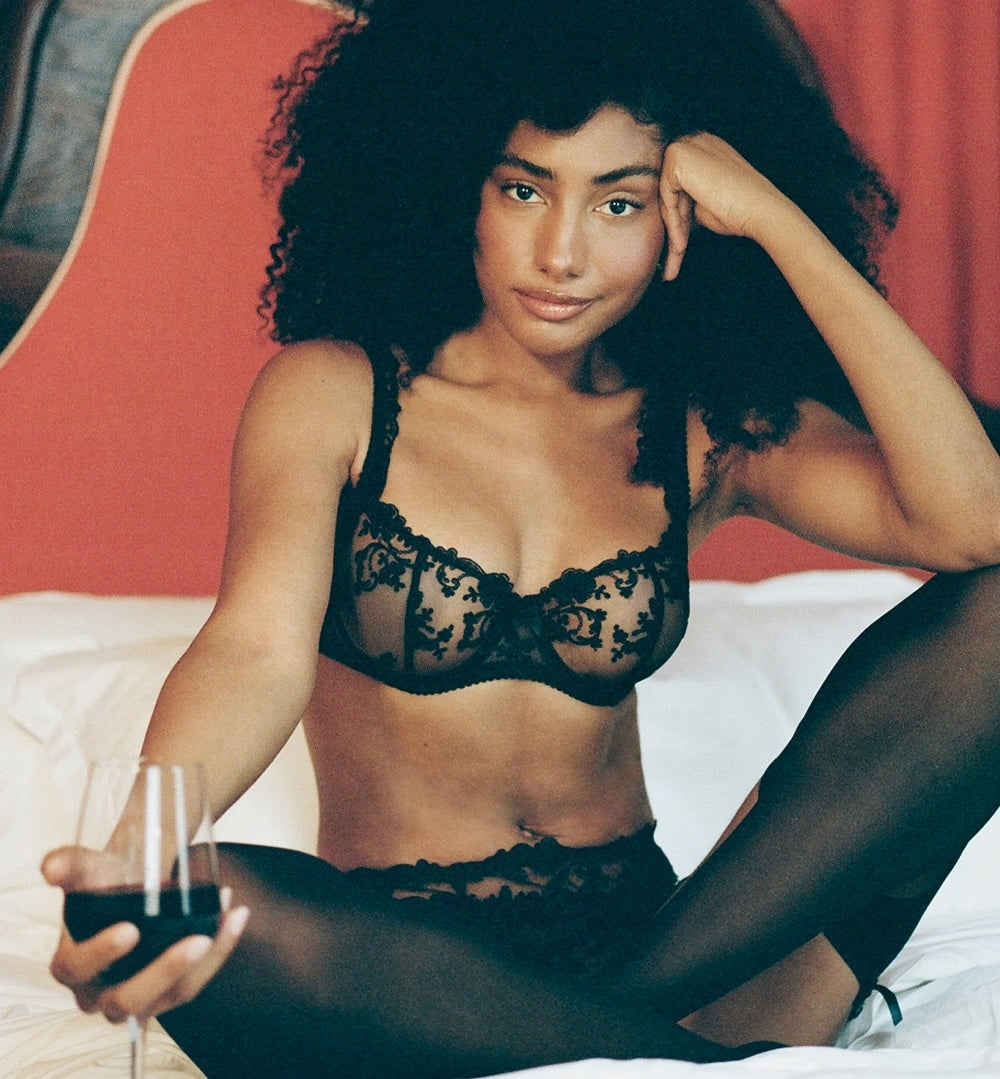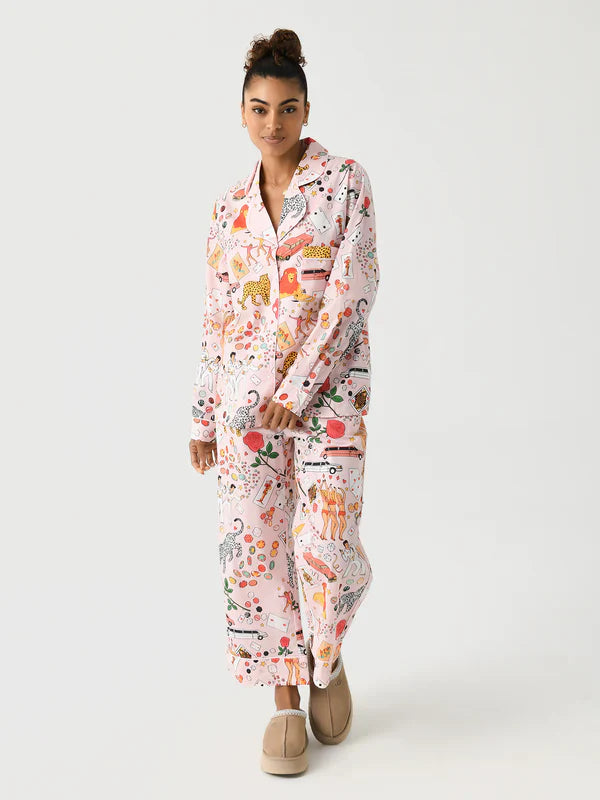Understanding Lingerie: An Expert Insight into Its History

Lingerie is far more than a category of clothing; it is a sophisticated blend of functionality, aesthetics, and self-expression. Rooted in centuries of evolution, lingerie represents a significant segment of the fashion industry, embodying a unique balance between form and intimacy. But what exactly is lingerie, and why does it hold such a prominent place in wardrobes and cultural conversations?
What is Lingerie?
The term "lingerie" originates from the French word "linge," meaning linen, and historically referred to undergarments made from fine fabrics. Today, lingerie is defined as intimate apparel designed primarily for women, including bras, panties, slips, camisoles, bodysuits, and nightwear. While the term often implies sensuality, lingerie serves both practical and aesthetic purposes.
The Evolution of Lingerie
The journey of lingerie began centuries ago as a functional necessity. Early examples include the Roman strophium (a band used to support the chest) and medieval chemises worn for hygiene under heavy outer garments. In the 16th century, corsets became iconic for their role in shaping the body to meet societal ideals of beauty.
By the late 19th and early 20th centuries, the industrial revolution and advancements in textile production introduced lighter, more comfortable fabrics, giving rise to modern lingerie. The liberation of women in the 20th century saw the decline of restrictive corsets and the emergence of bras, panties, and slips designed for comfort, style, and individuality.
Today, lingerie is celebrated for its ability to empower the wearer, offering options that range from everyday essentials to elaborate, artistic pieces.
Key Features and Functions
- Support: Lingerie provides essential support for the body. For instance, bras are engineered to support and shape the bust, with variations like underwire, bralettes, and sports bras catering to diverse needs.
- Comfort: Advances in fabric technology have prioritized comfort without sacrificing style. Materials such as lace, silk, and microfiber ensure a luxurious feel while maintaining breathability.
- Aesthetic Appeal: Lingerie often features intricate designs, embroidery, and detailing that make it visually appealing, allowing the wearer to feel confident and stylish.
- Self-Expression: Whether simple or extravagant, lingerie reflects personal style. It is a medium for self-expression, offering wearers the opportunity to embrace their identity, mood, or occasion.
Modern Trends in Lingerie
The lingerie industry has embraced diversity, inclusivity, and sustainability in recent years. Brands now cater to a broader range of body types, skin tones, and personal preferences. Inclusivity has led to innovations like gender-neutral lingerie and extended sizing, ensuring everyone can find pieces that resonate with their needs.
Sustainability is another focus, with many brands opting for eco-friendly fabrics and ethical manufacturing practices. This shift reflects the modern consumer's desire for products that align with their values.
Why Lingerie Matters
Lingerie is more than a functional necessity—it is a celebration of individuality and confidence. For some, it is an art form; for others, a daily comfort. Regardless of its role in a person's life, lingerie remains a testament to the intersection of fashion, function, and self-esteem.
In essence, lingerie is a powerful statement. Whether simple and understated or bold and extravagant, it reflects the complex and nuanced relationship between clothing, body, and self-perception. Its enduring appeal lies in its ability to adapt, innovate, and empower—making it a timeless element of fashion and personal expression.


